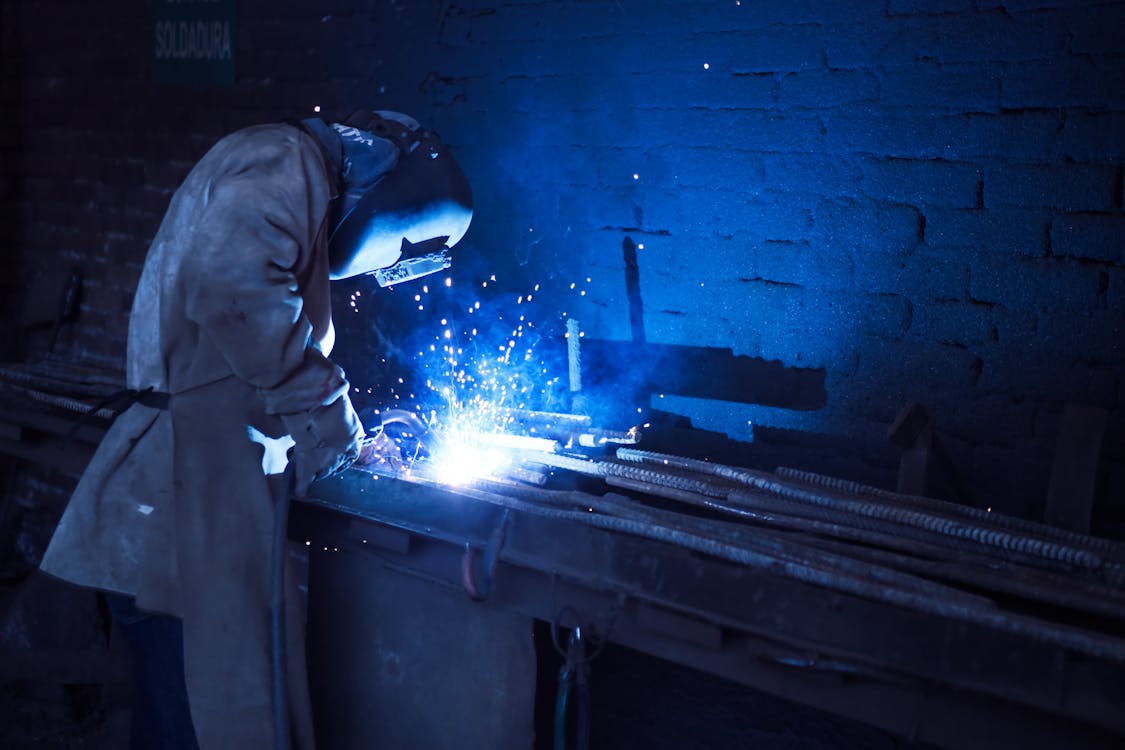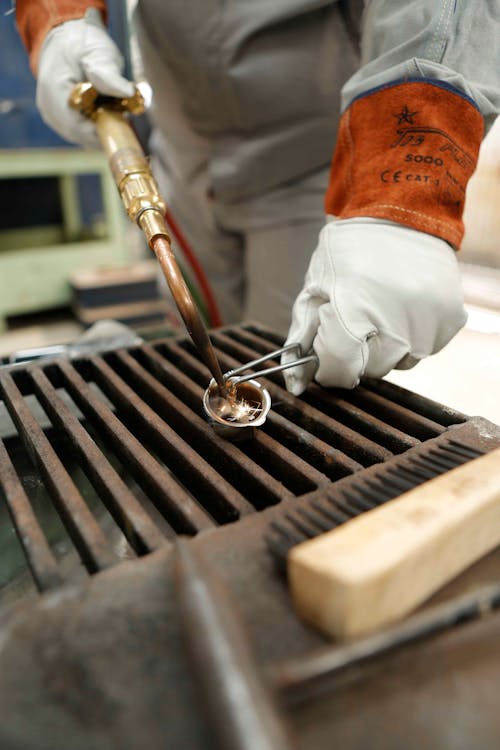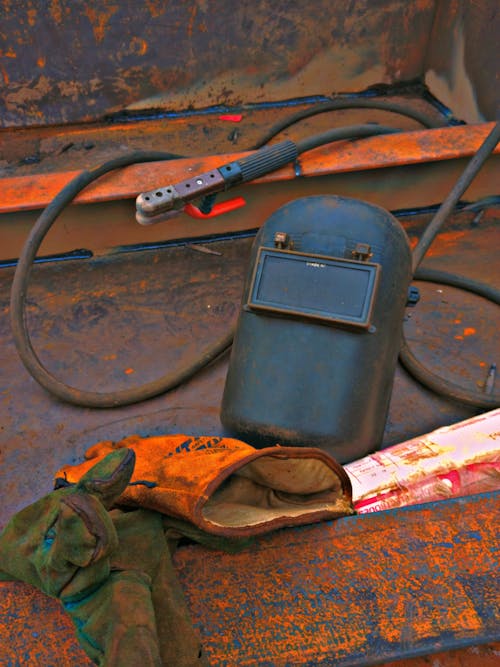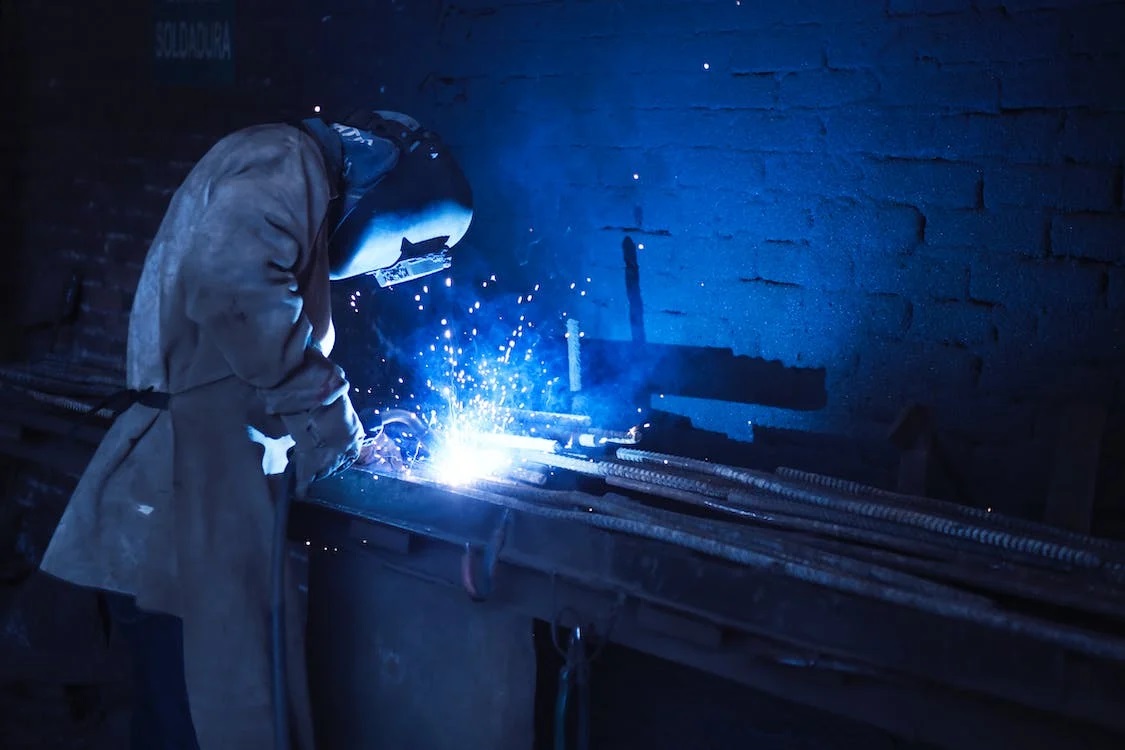Improve Your MIG Welding Skills With These 9 Tips

Putting any of these suggestions into practice will almost certainly result in a stronger and more long-lasting weld.

- Clean.
MIG welds fail most due to porosity. Welding a dirty, oily, painted surface causes porosity most often. The weld traps impurities, creating sponge-like pores. Miller Electric’s John Leisner says farmers often don’t prepare metal before welding. “This includes grinding or removing paint, rust, grime, and other surface impurities and entirely grinding out fractures, often beyond what is apparent.”
- Get good ground
Collier calls this the most typical MIG welding failure. “Your welder doesn’t worry about lousy ground. “Even if your gun sputters, it keeps spewing out welding wire,” he says.
Karl Hoes of Lincoln Electric says a welding arc needs a smooth electrical connection. Welding current follows the easiest path. The electricity may bypass the welding ground if it is not near to the arc. Secure the clamp on exposed metal near the arc.
- Shorten your stickout.
Keep the wire between 6 and 9mm from the gun’s contact tip. Jody Collier says one little tip can improve MIG welding the most.

- Use both hands.
Collier advises using both hands. “Hold the trigger with one hand and the rifle neck with the other. Place your prop hand near the weld without hesitation. If needed, get a heat-resistant, hefty welding glove.”
- Hear Your Welder
Welding music should be constant. Leisner says a constant hiss indicates excessive voltage. A loud, raspy sound may indicate low voltage. He adds, “A machine gun-like cracking sound suggests too high an amperage setting.”
“Keep the arc at the leading edge of the weld puddle for better penetration,” explains Collier.
Except when welding thin sheet metal. To avoid burn-through, move the arc back in the puddle.
6. Match drive rolls, Gun Cable Liner & Contact Tip To Wire Size
This simple matching is often overlooked. The grooves on.035 rolls are too large to run.030-diameter wire through. Same recommendations for gun cable liner and contact tip size.
7. Most people push the pistol toward the weld (the forehand method). Forehand welding generates shallow penetration with a flat, wide, smooth surface. Second, drag the gun (the backhand method). A thin, high-center deep penetration weld results. How should you proceed? That depends on metal thickness and weld penetration.
8. Replace contacts freely.
Collier claims contact tips are cheap. “Keep a pack in your toolbox and replenish often.”
Oval-worn contact tips cause an irregular arc. Replace tips that fall into the molten weld pool. For most casual welders, changing the tip after about 50kg of wire ensures high-quality welding.
9. Study your welding bead.
A convex or ropy bead usually means your setting is too cold for the repair’s thickness and heat isn’t penetrating the base metal. Heat input issues cause concave beads.

Comments
Add comment